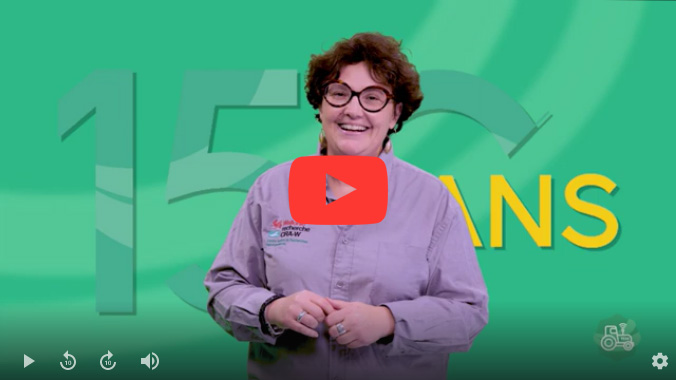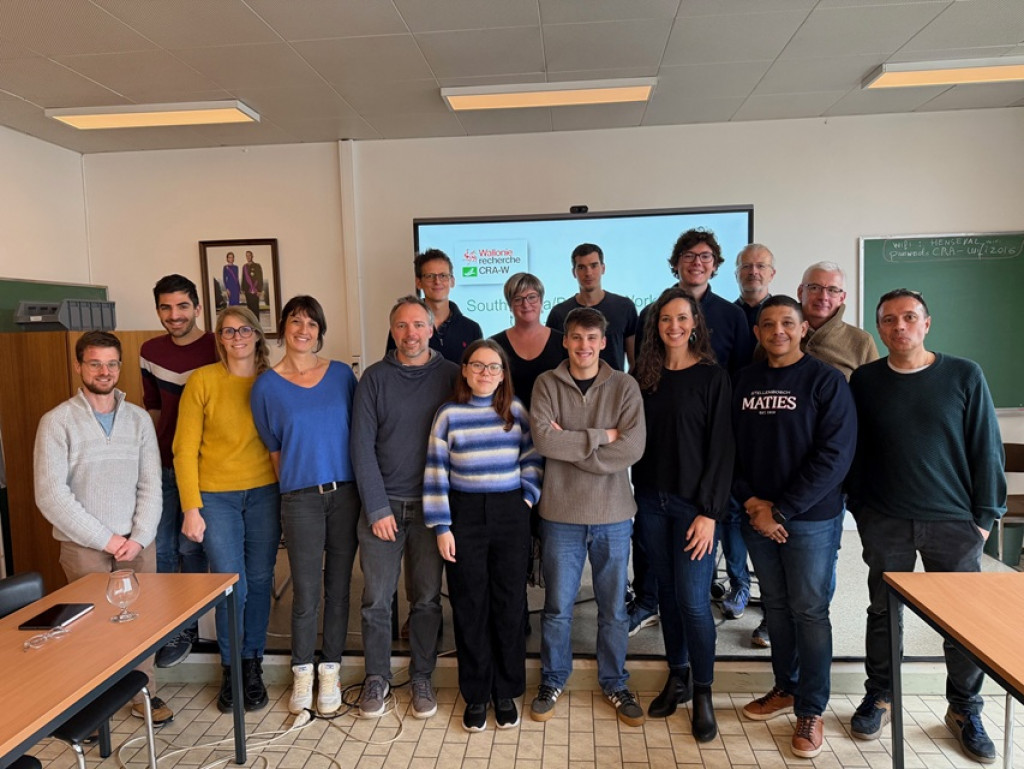Authentication present from the first steps of CRA-W
From the creation of what was the core of the future CRA-W, the research of the first director, Arthur Petermann, focused on authentication. In this last quarter of the 19th century, concerns in this area focused in particular on the falsifications that took place in fertilisers, for example by adding sand. The microscope was then an effective analysis tool to detect this type of fraud.
Analytical methods to fight fraud and health crises
Over the years, the investigation methods were then extended to analytical chemistry but also to molecular biology.
Thus in 1967, the CRA-W organised a scientific symposium dedicated to the detection of falsifications of butterfat and this involved the state-of-the-art chemical techniques of the time, which was gas chromatography.
More recently in 2013, a PCR method developed at CRA-W within EURL-AP, initially to authenticate processed animal proteins, also contributed to monitoring the crisis of lasagna prepared with horsemeat.
Within this same analytical framework at the service of farmers and citizens, CRA-W strives to detect fraud in the active ingredients of plant protection products and other pesticides. To do this, CRA-W researchers are using mass spectrometry while the possibilities of transposition to infrared spectrometry to accelerate the detection process are being investigated in this 150th year of existence of CRA-W.












